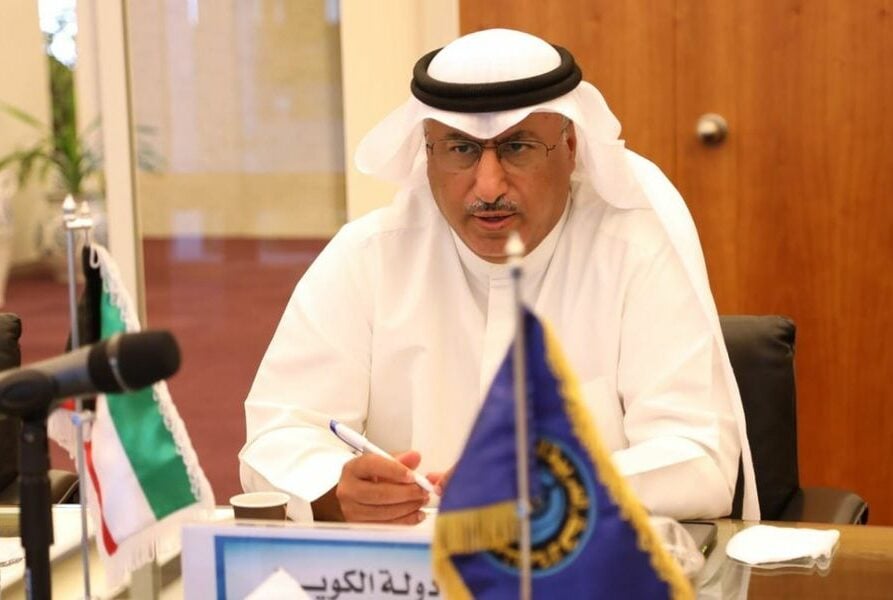Kuwait has increased its oil production to 2.811 million barrels per day in line with the OPEC+ agreement.
The output increase adheres to Kuwait’s “commitment to ensuring secure and stable supplies of oil to the international markets to meet the expected future demand.
Kuwaiti Oil Minister Mohammed Al-Faris confirmed this in a statement posted on the ministry’s website today. He stated that Kuwait, the fourth largest member of “OPEC,” will continue to support efforts to promote market stability through the OPEC+ alliance.
“Since 2020, OPEC+ successfully restored and maintained oil market balance and stability by ensuring adequate supplies to markets,” Al-Faris said.
However, Al-Faris also warned and repeated statements made by other energy ministers and industry analysts that “structural supply weaknesses caused by years of underinvestment have led to extremely limited worldwide spare capacity”.
This situation has contributed to “extraordinary volatility in the oil markets at a time when these markets need stability like never before to allow participants to plan future production capacity increases to meet rising demand”, he said.
The oil industry accounts for nearly half of Kuwait’s GDP. The country owns about 7 percent of the world’s oil reserves.
According to the most recent Platts survey of OPEC production by Standard & Poor (S&P)’s Global Commodity Insights, Kuwait pumped 2.72 million barrels per day in June.
State-owned Kuwait Petroleum Co.’s plans to raise production capacity to 4.75 million b/d by 2040 were seen as very ambitious when unveiled in 2018. The country has now revised its target to 3.5 million b/d by 2025 and 4 million b/d by 2040, but analysts say even this may be an uphill task, S&P said.
S&P further noted that Kuwait’s main source of supply is the massive Greater Burgan field — the world’s second-largest — which is already producing at up to 95 percent of its capacity, with its about 1.6 million b/d of output sustained through a mix of gas injection and water flooding.
KPC is working on a 100,000 b/d capacity gathering center at Burgan, and continuing development at the Neutral Zone the country shares with Saudi Arabia, which remains technically difficult after facilities there were shuttered for several years, S&P revealed citing sources.
In addition, the report observes that over the medium term, Kuwait is expected to see incremental production of heavy oil from the second phase of the Lower Fars development, set to come online by 2023, adding up to 200,000 b/d by the end of the decade.
Opec+, which will meet on September 5 to assess the state of the oil market, agreed earlier this month to raise production by another 100,000 BPD next month amid pressure from major consumers, including the US, to cool prices.
However, oil has given up most of its gains since then amid mounting concerns over the possibility that a looming global recession could hit fuel demand.








